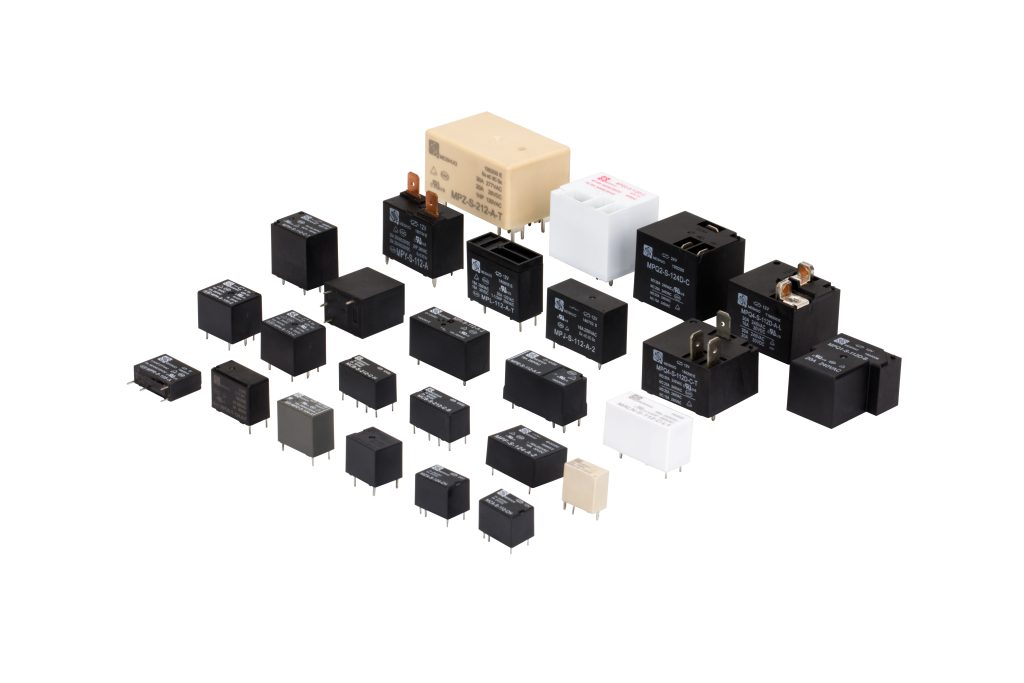Relay functions play a pivotal role in many industries, including electrical engineering, telecommunications, and automation. They are essential components for controlling and safeguarding electrical circuits and systems. This article explores the fundamental concepts of relay functions, their working principles, and their applications in various fields.

What Are Relay Functions? A relay is an electrically operated switch used to control a circuit by opening or closing contacts in response to an input signal. It essentially acts as an intermediary between two circuits, allowing a low-power signal to control a high-power circuit. The basic relay function involves using an electromagnet to physically move contacts, thus enabling or disabling the flow of electricity in the controlled circuit. Relay functions are characterized by the type of signal they receive and the type of output they provide. These functions can range from simple on/off controls to more sophisticated operations, such as time delays, overcurrent protection, or switching multiple outputs simultaneously.